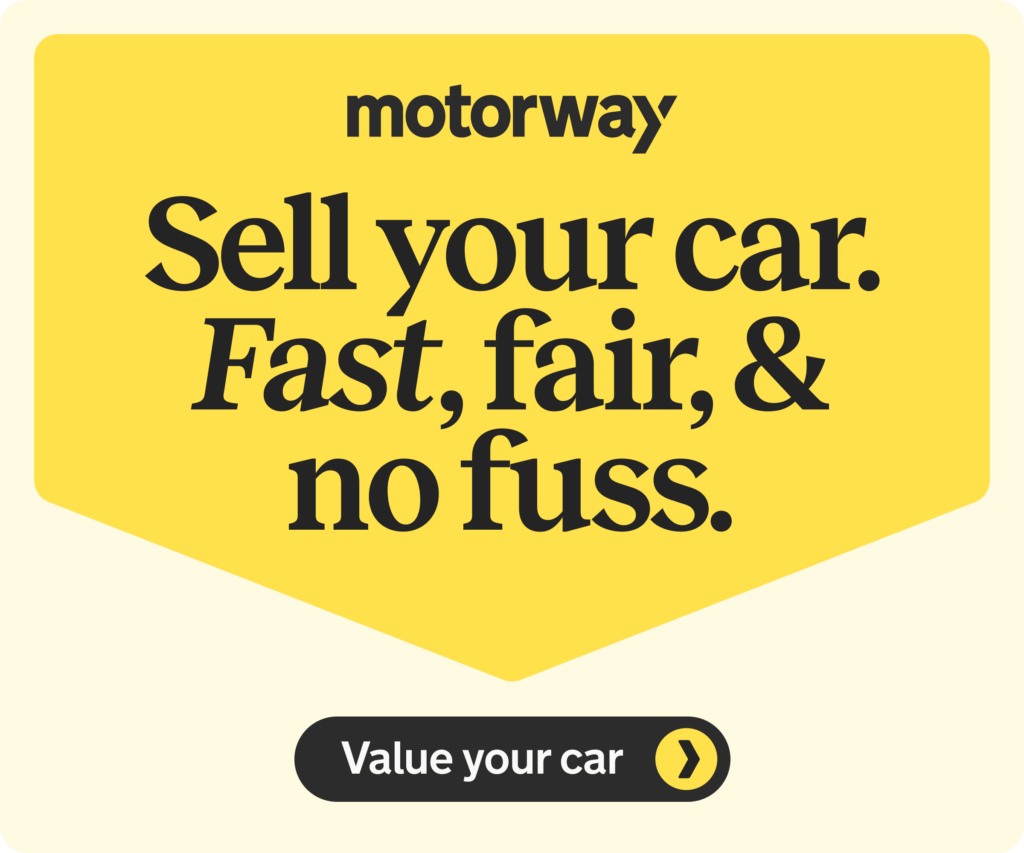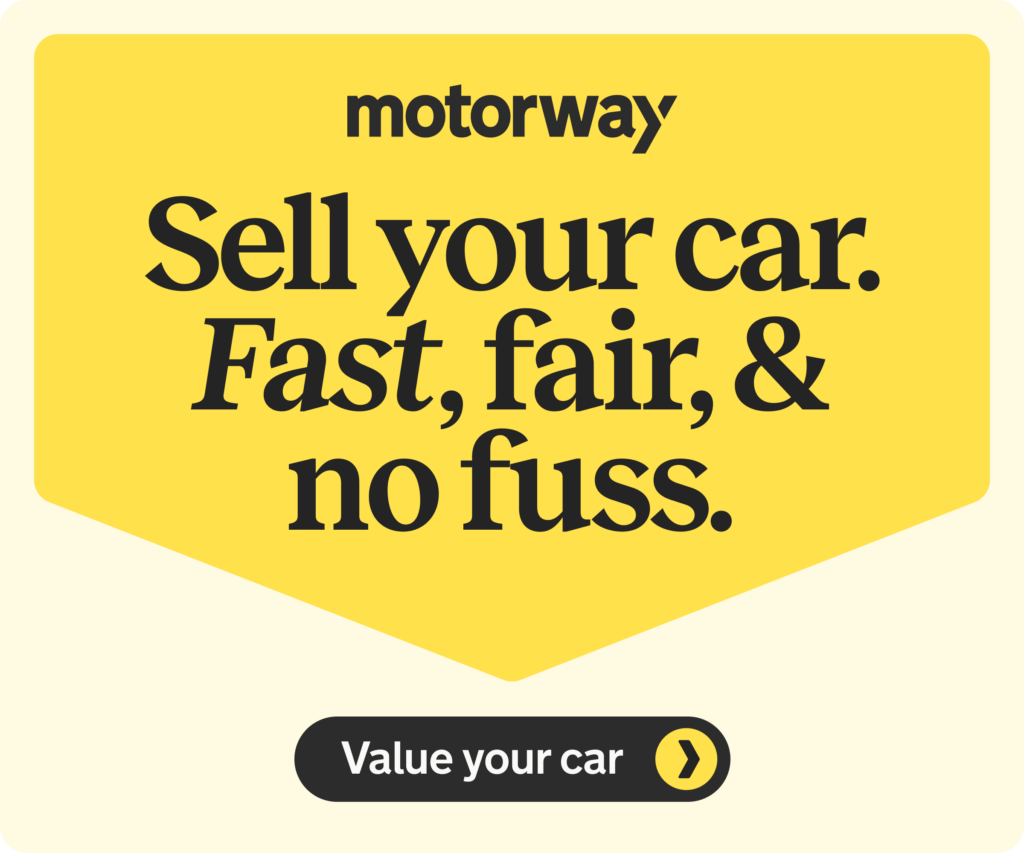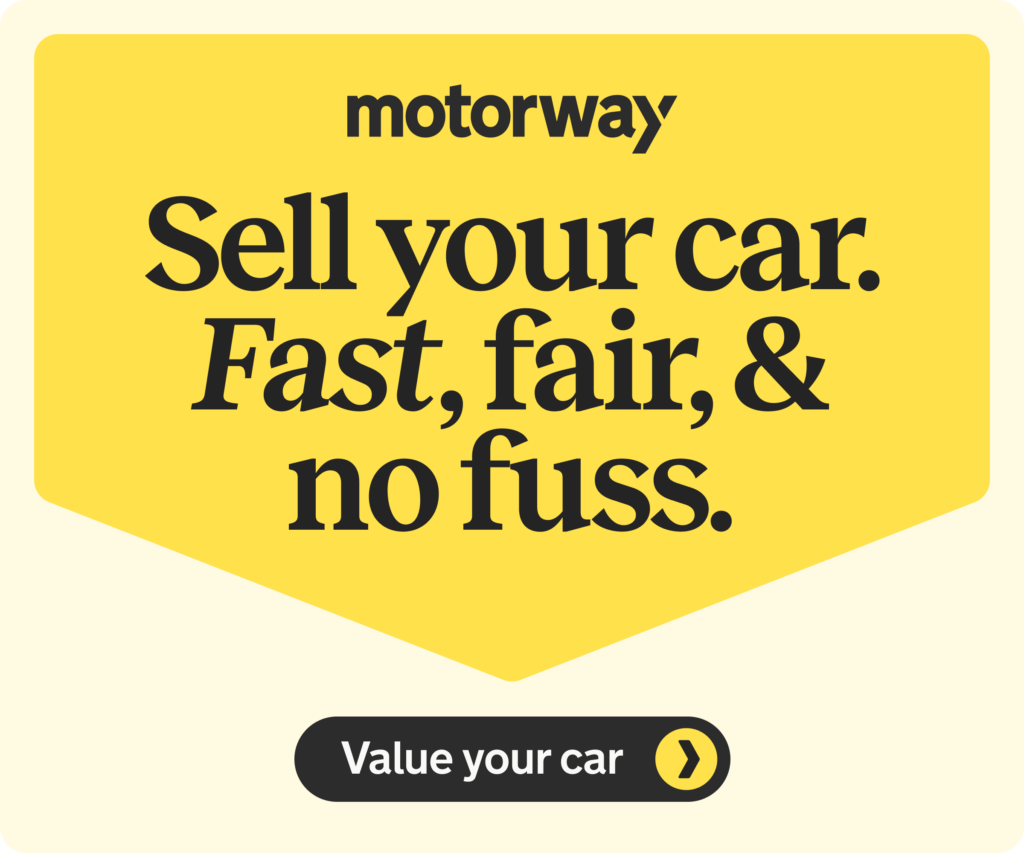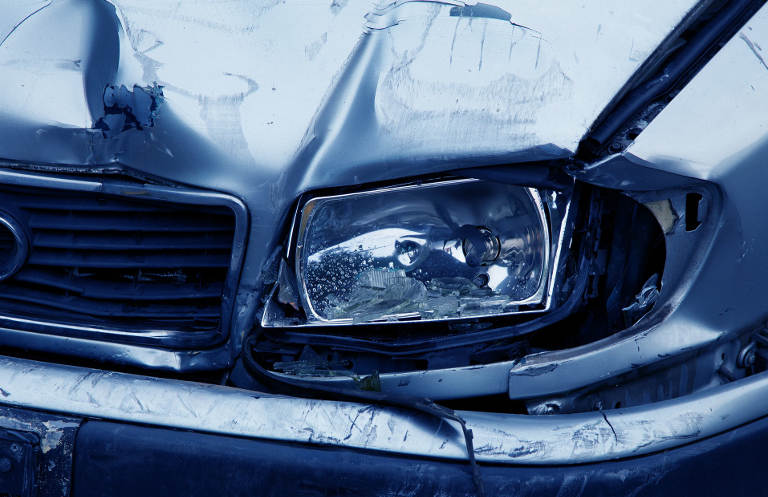When an insurer decides not to repair a damaged car after an accident, it is classed as ‘written off’ as it is no longer suitable for the road.
A ‘write off’ is essentially an accounting term for something which has had its value greatly reduced. But not all insurance write-offs are deemed equal and a ‘Cat D’ car is a very particular classification of vehicle…
What is a Cat D car?
Cat D (also known as ‘Category D’, or, more recently, ‘Category N’) cars are among those where the damage has been assessed to be uneconomical to repair by the insurance company. This generally means the cost of repair is greater than 50% of the vehicle’s total value.

Even with Cat D status, it doesn’t necessarily mean the car is badly damaged or unroadworthy to the point of being a scrap car. It simply means the insurer (who has a duty to return the vehicle back to its original condition) has decided it is simply uneconomical to fix.
There are therefore a huge number of Cat D cars on the road as many are still safe for driving after repair. Cat D vehicle owners often decide to hang on to the vehicle after fixing the car or attempt to sell it on.
Surprisingly with new cars, even fairly cosmetic-looking scrapes can sometimes be enough to write off the vehicle – this is because the cost of new panels, painting, and finishing can be too close to the actual value of the car to be worth the time and effort to fix it. The same is true of old, low-value cars.
But Category D doesn’t just cover minor paint and bodywork damage. It can also include other non-structural parts which may mean the car isn’t drive-able.
These can include the brakes, steering, electrics and more. We’ve created this guide to help you navigate the confusing world of insurance write offs and help with selling a Cat D or even buying one to repair.
What are Cat D cars? Category D explained:
- Buying and repairing Cat D cars
- What are the other categories for insurance write offs?
- Buying a Cat D
- Selling a Cat D car
- Insuring a Car D car, does it cost more?
- How to check if a car is a Cat D?
- How to repair a Cat D car?

Buying a Cat D car
Want to save money and practice your mechanical skills? Buying and repairing Cat D cars could be the answer.
When a vehicle has been damaged in an accident, the insurance company will decide whether it should be repaired or destroyed. And while Category D cars might not be economically viable for the insurers to fix, there’s nothing to stop you from saving money by working on it yourself.

Being an insurance write-off can have an effect on the future value of your car, it can make getting insurance more complicated. But rebuilding category D cars can let you have a road or track toy that you might not have been able to afford otherwise.
Now known as Category N, and focused more on the condition of the vehicle, making the most of Cat D cars is really about doing your research. And that’s where our guide can help you secure a bargain.
What are the other categories for insurance write offs?
Obviously, not every damaged car will fit into Category D. There are actually four designations for insurance write offs.
Until October 2017, these were Category A, B, C, and D, with both C and D based on the economic value and viability of repair.
After October 2017, Cat S and Cat N replaced Cat C and Cat D respectively. The new categories focus more on the condition of the vehicle than the cost.
Some vehicles, such as classics or models of special interest can be ‘allowed to be repaired irrespective of extent of damage’ as long as they’re safe to return to the road.

Category A: Cat A cars are considered junk vehicles. They are so badly damaged that they have to be destroyed for scrap or put through a scrappage scheme. Even salvageable parts must be crushed. Very few car buying sites will buy them and a scrap dealer would be the default option to sell.
Category B: Also for cars that must be destroyed and the body shell has to be crushed. Cat B vehicles have suffered extensive damage, however, some parts can be removed and repaired to use in other cars, depending on their condition.
Category C: Cat C cars have suffered repairable damage, but the cost to fix them is deemed more than the vehicle is worth. This includes accidents, floods, and fire damage. So, the work needed is likely to be substantial. This has now been replaced by Category S.
Category D: As this guide explains, Cat D cars have suffered relatively minor damage. But it’s enough for them to be written off as too expensive to repair. And this has now been replaced by Category N.
Category S: Since October 2017, cars that have suffered structural damage but can be repaired are classed as Category S. So this can include a bent or twisted chassis or a collapsed crumple zone. And it means you’ll need a professional repair for it to be safe to drive.
Category N: This replaces Cat D. Vehicles that haven’t encountered a structural impact. But Cat N cars are still too costly to repair. Issues can be cosmetic, electrical, or with parts including the brakes, steering, and other safety-related items.
Other categories that are sometimes used by insurers include Cat F for minor fire damage, Cat U for vehicles not owned by an insurance company, or Cat X for repairable cars with minor damage – these do not carry any record of initial damage.

Should you buy a Cat D write off car?
Whether you buy a Cat D car depends on the particular vehicle you’re looking at. It also rests on your mechanical knowledge and your plans for the car once it has been repaired.
For many Category D cars, the answer is down to economics. Will you be able to buy a damaged car cheaply enough to make it worth fixing to return to the road? Or would it simply be cheaper to buy a regular second-hand car?
That will depend on the cost of parts and labour. It will mean being honest about the amount of work you’re willing to do and capable to take on.

Cat D might be a route to affording a car you could otherwise not have access to, a Category D Ferrari or Porsche will cost a lot less than one in mint condition – that also includes vintage models. If that’s your thing.
Disadvantages of buying Cat D cars
Buying a Category D car can be a gamble, minimising your risks will take plenty of research.
Even though trade dealers have a legal obligation to disclose all information on every car they sell, private sellers only have to make sure the car is as described. So tread with caution when buying a Cat D privately.
Any guide to buying secondhand cars will recommend a history check, but if you’re considering a Category D write-off, it’s worth investing in a professional inspection (costs start at £200) to find any damage you might have missed.
It may also help you when it comes to finding insurance cover, as we’ll explain later…
Many Category D car buyers will limit themselves to only buying from trade dealers. This is due to greater confidence in the accuracy of the description, plus the potential to take the car back if there are any problems with the fixed parts.
Buyers may find any existing repairs have been done badly or using substandard parts. That can be an annoyance at best or a safety risk at worst.
Advantages of buying Car D cars
The big advantage of buying a category D insurance write-off is that it can save you money and get you a vehicle you might not be able to otherwise afford.
It also gives you the chance to scratch up your skills as a mechanic or to resurrect your own car if it’s been written off.
And it can let you spend relatively little for a track day toy.
Category D cars will have the information recorded on their logbook for the life of the vehicle, which has an effect on the sale price.
Cat D cars will also come with limited insurance options.
Selling a Cat D car
Selling a Category D vehicle is essentially the same as selling any other car. But you will need to take the history and status of an insurance write-off into account when you’re thinking about trading in or selling it on.
It’s always best to be honest and disclose the information rather than risking legal action later on.

Who buys Category D cars?
Cat D cars are generally bought by the same people as any other vehicle. That includes online car buying services and professional dealers. It can also mean private buyers.
There will obviously be less potential car buyers for a Cat D car, due to the increased risk the buyer has to take on. If you’re using online advertising, many sites will make sure to ask you to disclose the fact your car is a Category D write-off.
Will a Category D car sell for less?
Any Cat D car for sale will be valued noticeably less than a similar model of the same age, mileage, and condition. Even if the car has been repaired to the highest standard and drives perfectly.
Typically, the sale value will be around 20% to 40% less than normal. it’s actually often easier to sell a Cat D car that needs repairing as any potential buyer with the correct expertise can save money by doing the repairs themselves.
What helps to sell a Category D car?
If you’ve got a Cat D car that still needs repairing, documenting the damage accurately will help. If you’ve fixed the car yourself or hired a professional mechanic, then supply as much detail, receipts, and other information as you can.
Insuring a Cat D car, does it cost more?
It’s perfectly possible to insure a repaired Cat D car for road use. The exact costs will depend on your circumstances. For example, insurance companies may be more willing to cover you for less if you’ve bought back and repaired your own car which was previously insured through them.
Is it more expensive to insure a Cat D car?
In general, you will need to pay a higher premium to insure any car recorded as a Category D write-off. Some brokers and insurance companies may refuse to cover you, but most will charge you slightly more.
You will tend to get the same levels of cover as any other owner. In some cars it will be the same price.
While you don’t need a specific test to put a Category D car back on the road, insurers may require a professional inspection to check the condition before they will cover you.
Is it worth the expense of insuring a Cat D Car?
It’s cheaper to pay a higher premium than risk invalidating your car insurance by not declaring your vehicle properly. The savings on buying and repairing a write-off can offset the higher cost of insurance, so you might still save money overall.
Where to check insurance covers Category D Cars?
Most of the big online comparison sites don’t ask you to declare a Category D car during the quote process. So it’s down to you to contact the insurance companies individually and check whether regarding cover. Alternatively, you can use a specialist insurance broker and have them do the legwork for you.
How to check if a car is a Cat D?
A car trader has to declare if a car has been written off as part of any sale. However, private sellers don’t have to reveal a Category D vehicle by law, so it’s worth investing in a car data check before investing.
Can you check for a Category D Car online?
Various companies offer vehicle history checks including HPI, the RAC and the AA. They can cost anywhere from £6 to £20 and also include outstanding finance, any reported thefts and more. All of the services are available online and simply require the registration number.
The dangers of buying a Category D Car by mistake?
If you do discover you’ve bought a repaired car previously recorded as a Cat D, then you may find you aren’t covered by your insurer in the event of an accident.
Or you’ll find any payment is based on a much lower car value than you expected. This is why a vehicle history check is a worthwhile investment.
How to repair a Cat D Car?
If you are buying a damaged, non-repaired Category D car then you have the normal options for repairing it.
If you’re skilled and confident, or willing to learn, then you can manage much of the work yourself. Alternatively you might want to hire professional mechanics and painters for part, or all, of the work.

But if you’re repairing a Cat D car then you need to be more diligent than ever about checking everything and documenting all aspects of your work.
How much will it cost to repair your Category D car?
The eventual cost of repairs will depend on the original damage and how much work you can complete yourself, along with your choice of manufacturer or aftermarket parts.
For some manufacturers, the price of original parts will add a hefty cost to your purchase price. Rarer cars might require patience while you assemble everything you need.
Ultimately the eventual cost is something you should try to estimate before your initial purchase. Allow for the price to potentially creep up if you discover additional issues or need some parts which weren’t originally part of your budget.
Is it worth it to repair a Category D car?
Whether it’s worth repairing a Cat D car will depend on who you speak to about it. Some owners have had bad experiences and escalating costs.
Other owners have managed to get a dream car for a bargain price by spending some time in the garage. Ultimately it comes down to being realistic about the risks and commitment involved.

Ready to sell?
Need to sell your car, or want to understand more about documentation or maintenance? Check out more of our guides here, covering everything from the paperwork you need when buying and selling, to various notices you may need to file with the UK’s driver and vehicle licensing agency.
- Scrap my Cat D car
- How to sell your car
- Should you sell a diesel car?
- Should you sell a petrol car?
- How to buy or sell a private number plate
- Service history – the ultimate guide
- V5C – the ultimate guide to the V5 logbook
- How to sell a car without a V5C
- Car scrappage schemes
- Car buying sites – selling sites explored

